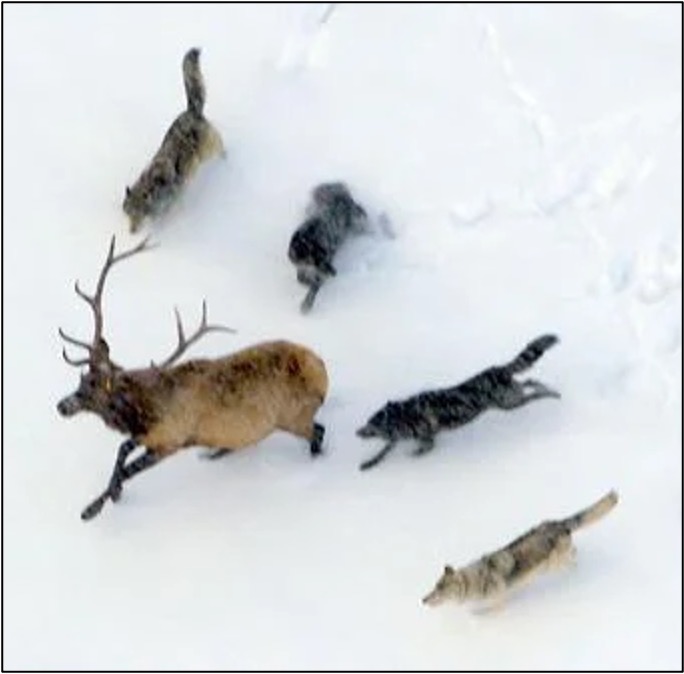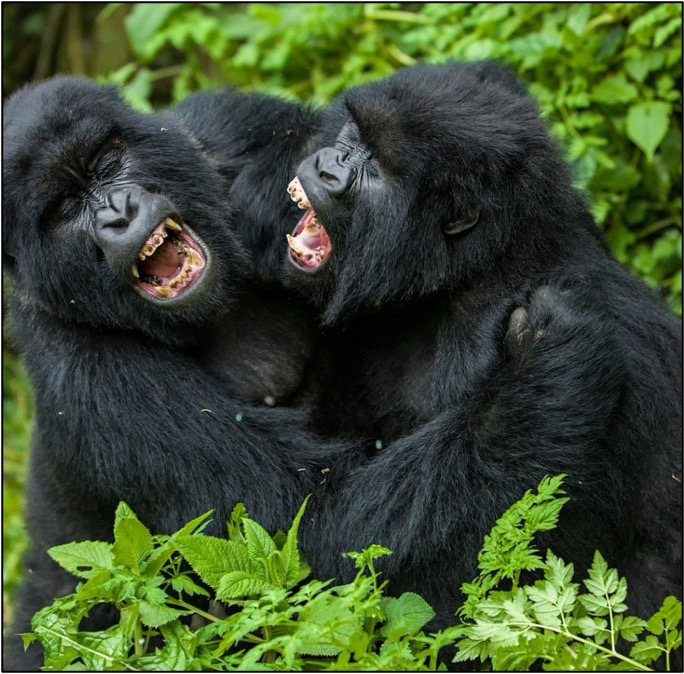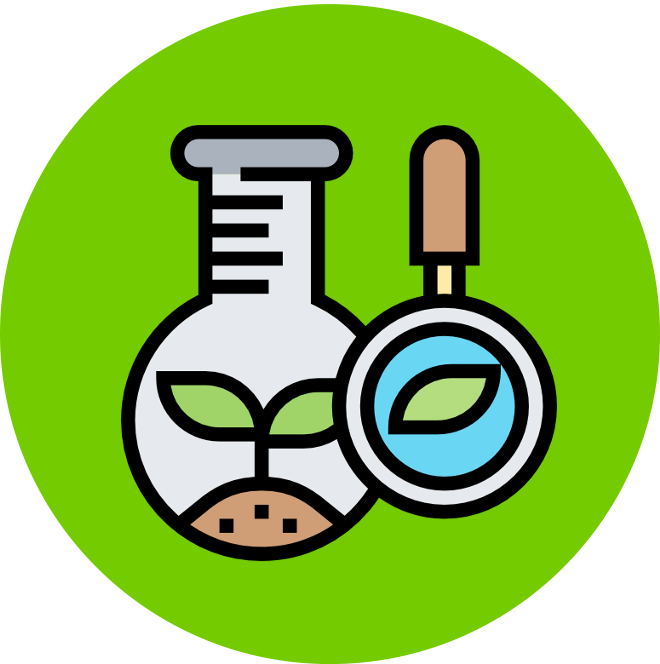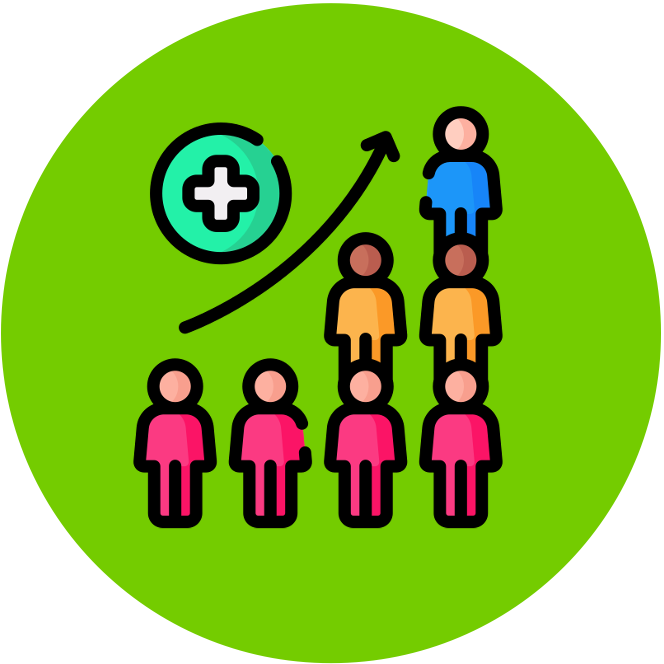

Population Actions
Intraspecific interactions occur between members of the same species and may include cooperation and competition
-
When cooperation occurs, both members of the specific relationship benefit from the interaction
-
When competition occurs, one member of the relationship derives a greater benefit from the interaction
Cooperation
Examples of intraspecific cooperation may include:
-
Pack animals (such as orcas and wolves) showing cooperative hunting practices by working in unity to capture and feed on prey
-
Animals that form social hierarchies dividing roles between group members (some chimpanzees watching for predators while others forage)
-
Certain types of insects (such as ants) working together to build nests and search for food (via chemotactic signals)
Intraspecific Competition
Members of a species have the same survival requirements and so need to compete for the same resources
-
Individuals will compete for a variety of abiotic resources – including light (plants), space (territory), water and food
-
Additionally, sexually reproducing organisms must compete for access to mates
Examples of intraspecific competition may include:
-
Woodland trees (such as oak) vying for access to light, water and minerals (offspring also compete with parental plants unless seeds are dispersed)
-
Animals that are territorial (such as the platypus) aggressively defending a defined space against incursion from other members of the same species
-
Animals fighting for the opportunity to mate with females (a dominant silverback gorilla will mate exclusively with all females in a troop unless displaced)
Intraspecific Interactions

Cooperation





